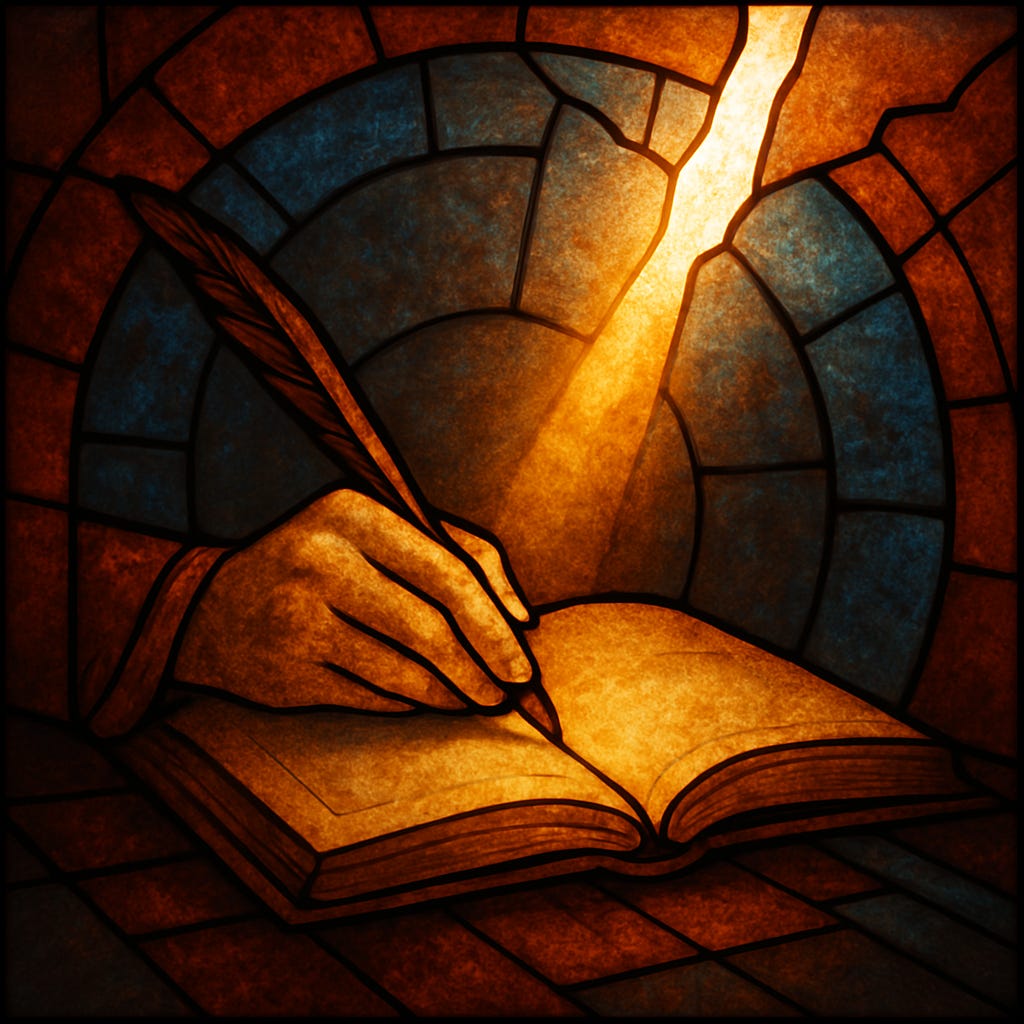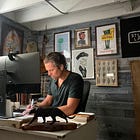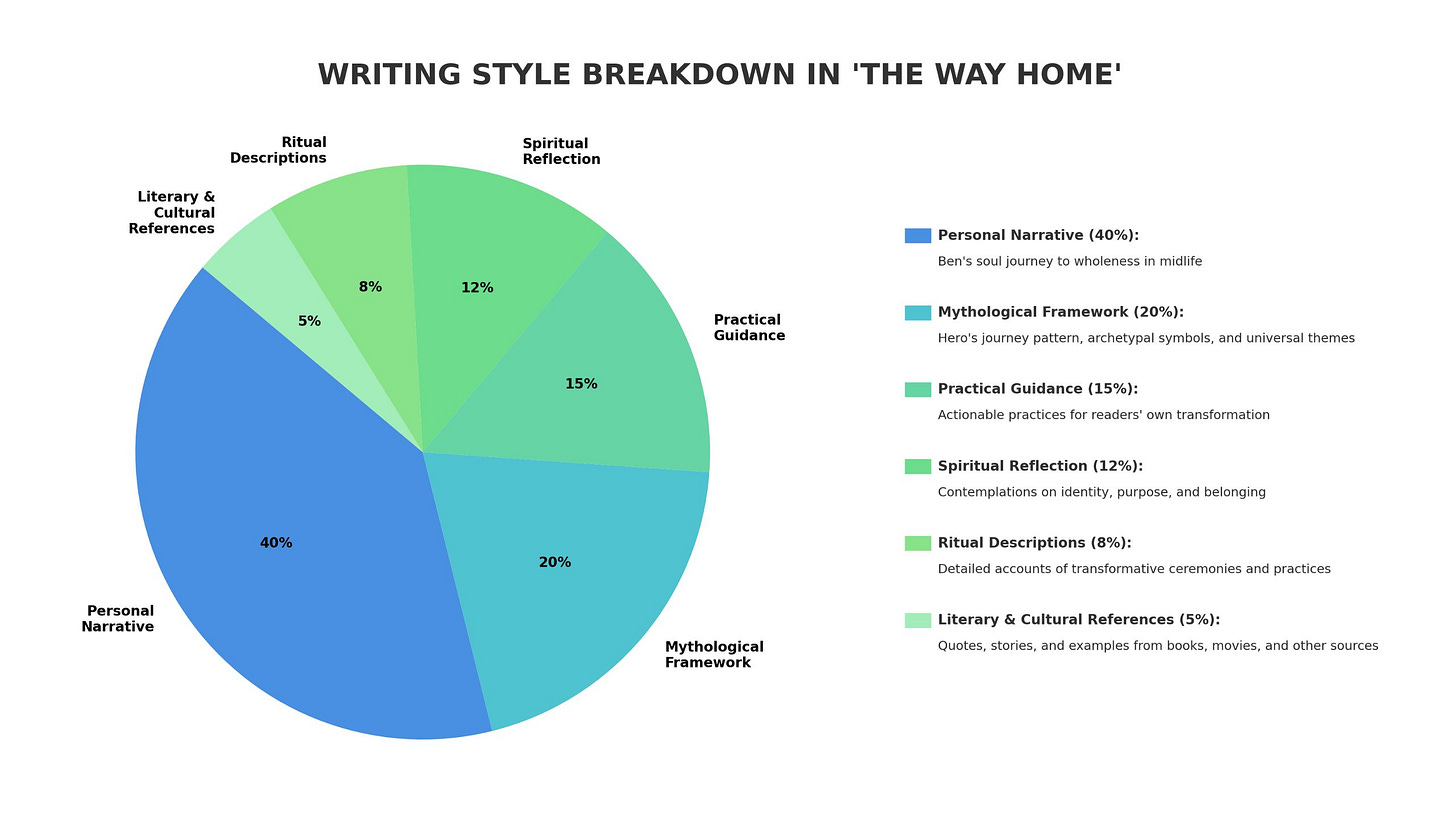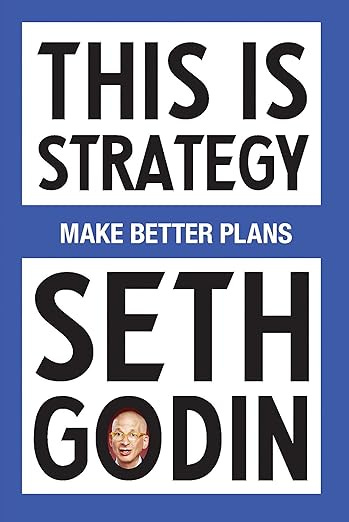I’ve got this interesting problem right now.
I’m writing all of the time.
But I am getting stuck in a particular way.
And it’s not exactly writer’s block.
It’s that I can’t figure out what to write in my weekly Substack post.
It’s wild. Because so much is flowing through me.
I’m filling notebooks—my personal journal, another that’s capturing these daily downloads I’m receiving that I’m calling maxims (which I share as Notes), and a notebook that includes writing for my second book (more on this later) as well as reflections about that writing.
I’m also writing regular posts on LinkedIn, developing materials for my Journey Within coaching program, and filling up so many google docs—including one that lists every book I’ve read over the past 6 years that with the help of ChatGPT is turning into the curriculum of an honorary doctorate that I’m awarding myself. It’s fun. I’ll let you know all about it soon.
And then there’s the TV pilot I’m still developing with my friend.
But when I consider what I’m going to write on Substack each week, I’m often confused.
Is it writer’s block?
A traffic jam?
Is it because I’ve known for months that I’m renaming this Substack space but haven’t yet done so?
Am I simply overthinking things, feeling constrained by the idea that this space needs to be about one thing or feature one style of writing, like I notice with so many other Substack writers?
Or maybe this is all just an invitation for me to write about my writing…
Yeah. That’s it. I’ll write about my writing this week!
So here are five reflections on my writing process recently, along with takeaways for your own creative process.
This isn’t my first rodeo. I wrote about writing a couple months ago:
1. Breaking Down The Way Home
My author friend
, who writes unexpected takes on the modern world of work over at recently shared a writing style breakdown of one of his books, according to ChatGPT.That looks fun, I thought.
So I made my way over to ChatGPT and gave it a try for The Way Home. I disagreed slightly with its initial categories, so I tweaked them. See below for what I ended up with.
Of course, there is overlap in many of these categories as well as in the sentences and paragraphs of my book, so this is a bit artificial (and not just in the AI sense). But I thought it was fascinating to see the various styles that I wove together in my book: Personal Narrative, Mythological Framework, Practical Guidance, Spiritual Reflection, Ritual Descriptions, and Literary & Cultural References.
Have you read The Way Home yet? If not, check it out. I guarantee you that I seamlessly wove together these different content areas!
Takeaway: Analyze your own creative work through different lenses.
Notice the different styles or themes you use (and consider using AI tools to do so) in order to discover patterns or approaches that you may not be aware of. This awareness can help you realize that a particular style might be getting in your away, and generate momentum by going with another approach feels more frictionless.
2. Breaking Up a Book
My literary agent sent me a book a couple weeks ago in preparation for an intimate upcoming webinar he’s hosting for his stable of authors.
Note: Stable is my word, not his—though maybe he describes us that way too!
Another Note: Notice I said stable OF authors, NOT stable authors. Huge difference.
He does this every month. And it’s always a special treat.
The next guest? The inimitable Seth Godin, a brilliant thinker in so many realms, including marketing, creativity, leadership, and more.
The book? This Is Strategy.
The book is, of course, a National Bestseller and was awarded Best Non-Fiction Book of 2024 from The
Club.But it’s generating a polarized response. If you read some reviews, you’ll notice many people find it inspiring and insightful. Other, meanwhile, are borderline-furious about the structure of the book—or perceived lack thereof.
I see what they mean. Because the book consists of nearly 300 different chunks, each one a reflection on a theme related to strategy. Godin calls it a manifesto and encourages readers skip, jump ahead, and loop back.
So, apparently, this style isn’t for everyone. But I’ve been fascinated by it (as well as the content):
He doesn’t use page numbers. Instead he numbers the sections.
He doesn’t spell out all the connections. He trusts the reader to do some work—and make discoveries while doing so.
The book is not linear. For one thing, it isn’t possible. There are so many overlapping themes he covers. For another, viewing things from many different angle helps the material stick.
It’s packed with countless stories. Tightly written. Accessible. Engaging. This is not new to Seth Godin, but worth naming.
Essentially, he broke up his writing. Deconstructed a book. Allowing parts to stand out on there own. Inviting the read to assemble it—almost like a “Choose Your Own Adventure” book.
Takeaway: Let go of a linear approach.
Instead of forcing your ideas into a traditional structure, try writing chunks that can stand alone. Give yourself permission to create without predetermined connections, and trust that patterns will emerge later when you look at the collection of pieces.
3. Breaking the Fourth Wall
In a movie or TV show, “breaking the fourth wall” refers to when a character acknowledges the viewer. Typically, the performer looks directly into the camera and speaks to the audience.
If you don’t know what I’m referring to, go watch any Deadpool movie. You’ll get it.
More on this in a moment…
A month ago I heard about a now-released book called Lights On by Annaka Harris. I wanted to pre-order it, but when I searched for it, I found out that it was only available in audiobook format.
Why? I wondered.
I did some digging and found out that it was because, at some point during the writing process, the author made the decision not just to write a book, but to invite the reader (listener) along on her own journey of research and discoveries about the nature of consciousness.
The result? The audiobook is sort of like a podcast, featuring interviews with all of the geniuses who were going to be her sources.
I’ve read about how the nature of audiobooks is changing. People like Malcolm Gladwell are writing books with audiobooks in mind. The format invites a different style of creating and crafting and telling a story. For example, instead of just narrating what he wrote, Gladwell’s audiobooks include audio samples from sources he cites, recordings from interviews he conducts, and other ambient audio features. It’s much more engaging. (I wish I would have had the budget to take this approach in my audiobook version of The Way Home, which, by the way, is free for Spotify premium members).
Back to Annaka Harris’ Lights On—the more I think about it, since she invites the listener in on the evolution of her thinking that takes place in her research, and essentially talks with the listener, we could say that she is breaking the fourth wall. She’s engaging the listener in a way that feels different. It doesn’t detract from her expertise. It actually enhances her credibility and, in my opinion, deepens the listener’s insights.
Takeaway: When stuck, change your relationship with your audience.
Consider directly addressing your readers and bringing them into your thought process. Share your uncertainties and discoveries in real-time, which can transform a monologue into a conversation and relieve the pressure of presenting only polished thoughts. Also, write about your writing process—like ended up doing in this post.
4. Breaktime
Breaktime, they say, is when you step back from your work to take a breath, go for a walk, eat a snack, or have a smoke.
Probably the absolute best breaktime anywhere on the planet takes place at NPR when they have their Tiny Desk Concerts. I’ve watched so many of these. I can’t get enough. I love seeing how talented artists tailor their craft for an intimate… office setting.
I’ve been listening to Fred Again, a British singer, instrumentalist, and DJ for a couple years since he came out with this fantastic collaboration album with the legendary Brian Eno, so I was thrilled to find out this past week (just a couple years late!) that he performed a Tiny Desk concert.
Watch it and you’ll see Fred Again’s brilliance.
Sampling.
Mixing.
Singing.
Moving between instruments (More marimba please!).
He’s in the zone.
There’s something about this performance that captures what I want my writing to be like.
I can’t spell it out completely.
But I’m paying attention.
Takeaway: Remix your writing.
Be a DJ. Move between your different writing styles. Allow yourself to mix them up and you’ll end up creating something that transcends a single genre.
Bonus: Create intentional breaks that expose you to different creative forms. Find inspiration in how artists adapt their work for different contexts. Schedule regular creative "cross-training" sessions where you consume art forms different from your writing to spark unexpected connections.
5. Breakthrough
As I mentioned, I’ve been working on a second book for a couple years, since before The Way Home even came out.
For a long time:
I’ve had the concept.
I’ve had the structure.
I’ve had so many stories and reflections.
I’ve had a title.
But I kept getting stuck. Specifically, I would vacillate between two possibilities:
Does it include personal narrative like my first book?
Or do I leave myself out of it and write in third person?
It has felt hard to move forward without resolving this question.
But recently—inspired by all of the things above—I found a way forward:
I needed to break what I’d developed.
I needed to let go of the driving concept, the structure, and the title.
I needed to deconstruct what I had assembled.
You might think this is hard to do.
What about all that work I did?
But it doesn’t mean I’m lost.
It means I’m a step closer to finding a way forward!
Now I’ve got all of these chunks scattered about.
I’m giving this project some space to breath.
I’m widening my lens so I can notice other patterns and possibilities that I’ve shut out because I’ve kept such a tight grip on what this book should be.
And it feels really good!
I’m confident that from this new vantage point, I will be able to—as former preacher and author Rob Bell once said about sermons—tie the clouds together. And create something better than whatever I was trying to do.
Shortly after acknowledging this shift, the following maxim came to me:
Want a breakthrough?
Acknowledge the
Break.
Admit what you’re doing isn’t
Working.
Let go of what is
Limiting you.
Surrender.
This is the way
Through.
Takeaway: Dismantle what you've built.
Set aside your structure and practice "creative destruction." This will enable you to see your structure, concept, or title with fresh eyes. The breakthrough often comes not from pushing harder within constraints, but from reimagining the boundaries themselves.
Final Thoughts
So here at the end I’m realizing that I’ve had a kind of writer’s block.
Maybe writer’s block isn’t always about not being able to find the words—it's about getting stuck in our own creative containers.
But there is a way forward through the creative stuckness—examining your writing styles, playing with chunks, being transparent about your process, finding inspiration and remixing, and dismantling what you’re developed—and it always involves some kind of breaking… a theme I was not aware of when I sat down two hours ago to write this!
So when you're feeling blocked, maybe ask:
What needs to break here?
A structure?
An expectation?
The wall between you and your reader?
Give yourself permission to break what isn't working. Let go. Surrender a bit. Create some space to breathe. And watch what happens next.
My Takeaways from all of this:
I want to keep sharing my story/stories. When I see the breakdown of The Way Home and then also consider what readers have told me about the book. They always mention appreciation for sharing my own experiences, like this recent review from a reader in Spain:
I have just finished reading Ben Katt’s book “The Way Home” and I already strongly feel inside of me that it is a life changing signal for me. I do not have words to explain how thankful I am to Ben for having put in such a beautifully crafted way all these crucial messages for humanity. If you are feeling stuck in your life and you are looking for some authentic, generous and honest wisdom, look no further! Ben’s book is the treasure that you are looking for and I bet that you will read it more than once! Hats off to Ben for sharing his life-changing experience in such a clearly written way!! This is a wonderful book!
I want to share my process. I’m going to break the fourth wall more often and write about writing—and how my writing projects are going. I’m going to bring it out from behind-the-scenes. I find it helpful when other creator’s do this. This exercise has been helpful for me, and I hope my reflections help you too.
I want to explore writing my next book in public. Specifically, I’m wondering:
Do I share chunks that I’m writing for my next book here on Substack?
If so, do I start another Substack?
Or do I share them here but for paying subscribers only?
And what would this mean for my approach to publishing?
I want to consider if the next book I’m working on is actually two new books. This questions dawned on me as I wrote this post!









This makes me curious to check out Godins book now